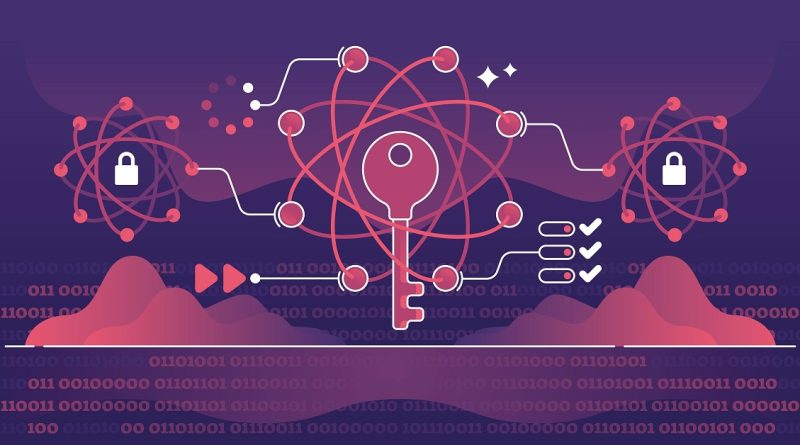Quantum Cryptography: Securing The Future Of Communication
As we advance into an era where digital communication underpins much of our daily lives, the need for robust security mechanisms becomes increasingly critical. Traditional cryptographic methods, while effective, face significant challenges in the wake of emerging technologies. Quantum cryptography, leveraging the principles of quantum mechanics, offers a revolutionary approach to securing information. This article delves into the fundamentals of quantum cryptography, its key principles, current advancements, and its potential impact on the future of secure communication.
Understanding Quantum Cryptography
Quantum cryptography is an emerging field that utilizes the principles of quantum mechanics to enhance data security. At its core, it exploits the unique properties of quantum states to create secure communication channels. Unlike classical cryptography, which relies on mathematical algorithms and computational complexity, quantum cryptography relies on the fundamental principles of quantum physics, particularly the behavior of particles at the quantum level.
The most well-known application of quantum cryptography is Quantum Key Distribution (QKD). QKD enables two parties to generate and share a secret key in a way that is theoretically immune to eavesdropping. The security of QKD stems from the principles of quantum mechanics, specifically the Heisenberg Uncertainty Principle and the concept of quantum superposition. These principles ensure that any attempt to intercept or measure the quantum states used in the key distribution process will inevitably disturb them, revealing the presence of an eavesdropper.
Key Principles of Quantum Cryptography
Quantum cryptography relies on several fundamental principles of quantum mechanics:
- Quantum Superposition: Quantum particles, such as photons, can exist in multiple states simultaneously. This property allows for the encoding of information in a way that is fundamentally different from classical methods.
- Quantum Entanglement: When two quantum particles become entangled, their states become interdependent regardless of the distance between them. This property can be used to synchronize keys between distant parties in a secure manner.
- Heisenberg Uncertainty Principle: This principle states that certain pairs of physical properties, like position and momentum, cannot be simultaneously measured with arbitrary precision. In quantum cryptography, it implies that any attempt to measure or observe quantum states will disturb them, thereby alerting the communicating parties to potential eavesdropping.
Advances in Quantum Cryptography
Recent years have seen significant advancements in quantum cryptography, particularly in the implementation and practical application of QKD. Researchers have successfully demonstrated QKD over increasing distances and in various real-world scenarios. For instance, the development of satellite-based QKD has enabled secure key distribution over thousands of kilometers, overcoming the limitations imposed by terrestrial communication infrastructure.
Another area of progress is the integration of quantum cryptographic systems with existing communication networks. Hybrid systems that combine classical and quantum technologies are being developed to enhance the security of data transmission without requiring a complete overhaul of existing infrastructure. These systems aim to provide a seamless transition to quantum-enhanced security while maintaining compatibility with conventional technologies.
Potential Impact on Future Communication
The implications of quantum cryptography for the future of communication are profound. As quantum technologies mature, they promise to usher in an era of unprecedented security for digital communications. Quantum cryptography could safeguard sensitive information against future threats posed by quantum computers, which have the potential to break many of the cryptographic methods currently in use.
Furthermore, the integration of quantum cryptography into global communication networks could redefine data privacy and security standards. Governments, financial institutions, and corporations could benefit from the enhanced security guarantees provided by quantum cryptographic methods, ensuring the confidentiality and integrity of critical information.
In addition to its security benefits, quantum cryptography also has the potential to drive innovation in related fields, such as quantum computing and quantum networking. The development and deployment of quantum cryptographic systems could stimulate research and investment in these areas, accelerating the advancement of quantum technologies as a whole.
Conclusion
Quantum cryptography represents a transformative leap in the field of information security, offering solutions that transcend the limitations of classical cryptographic methods. As research and development continue to advance, the potential for quantum cryptography to revolutionize secure communication becomes increasingly tangible. With its unique principles and growing practical applications, quantum cryptography is poised to play a pivotal role in shaping the future of digital security.

